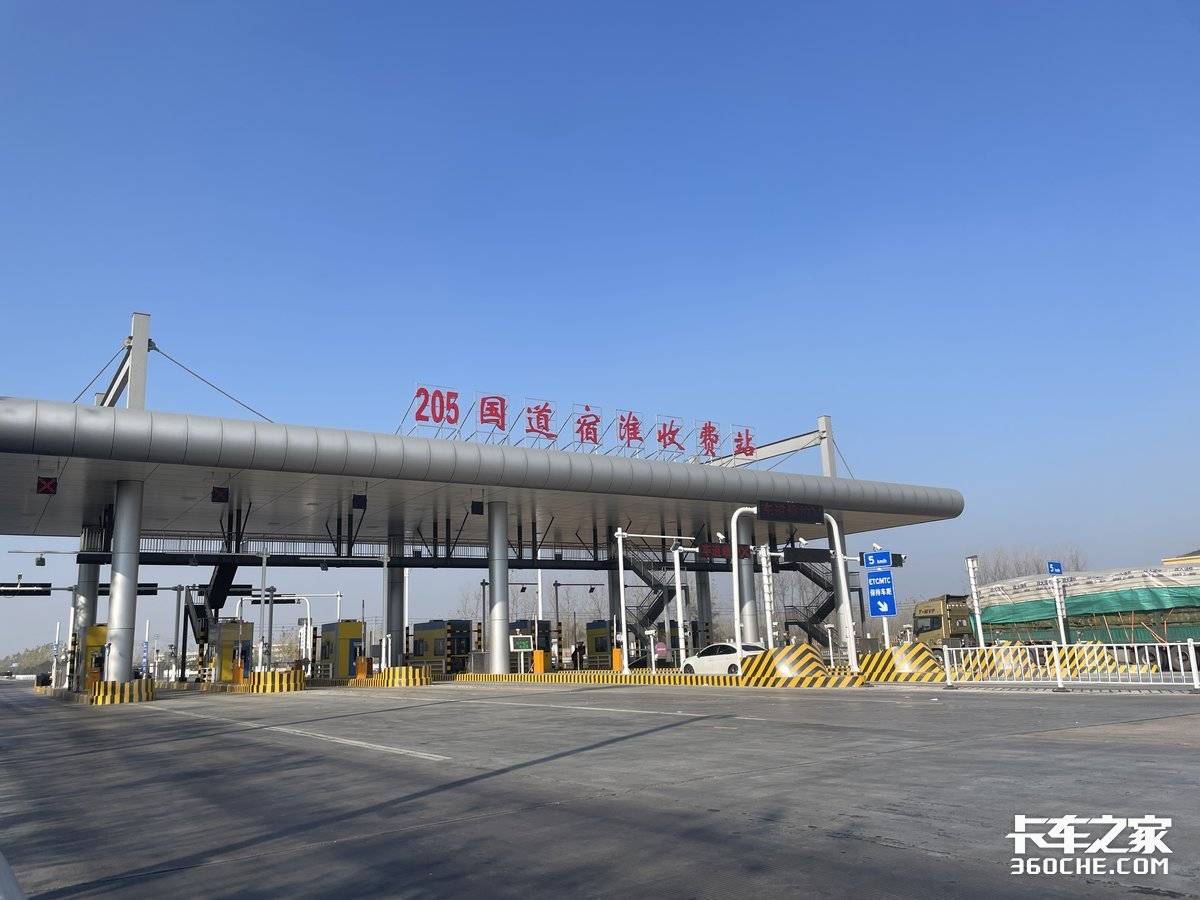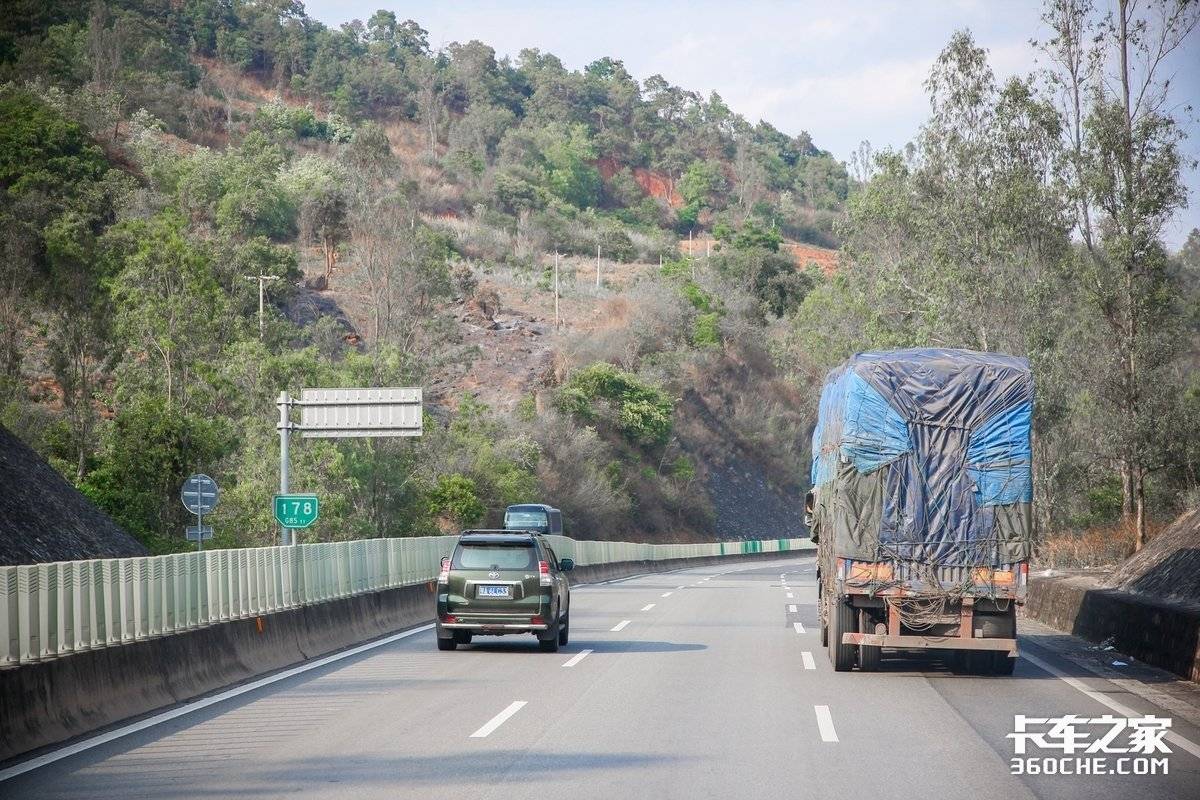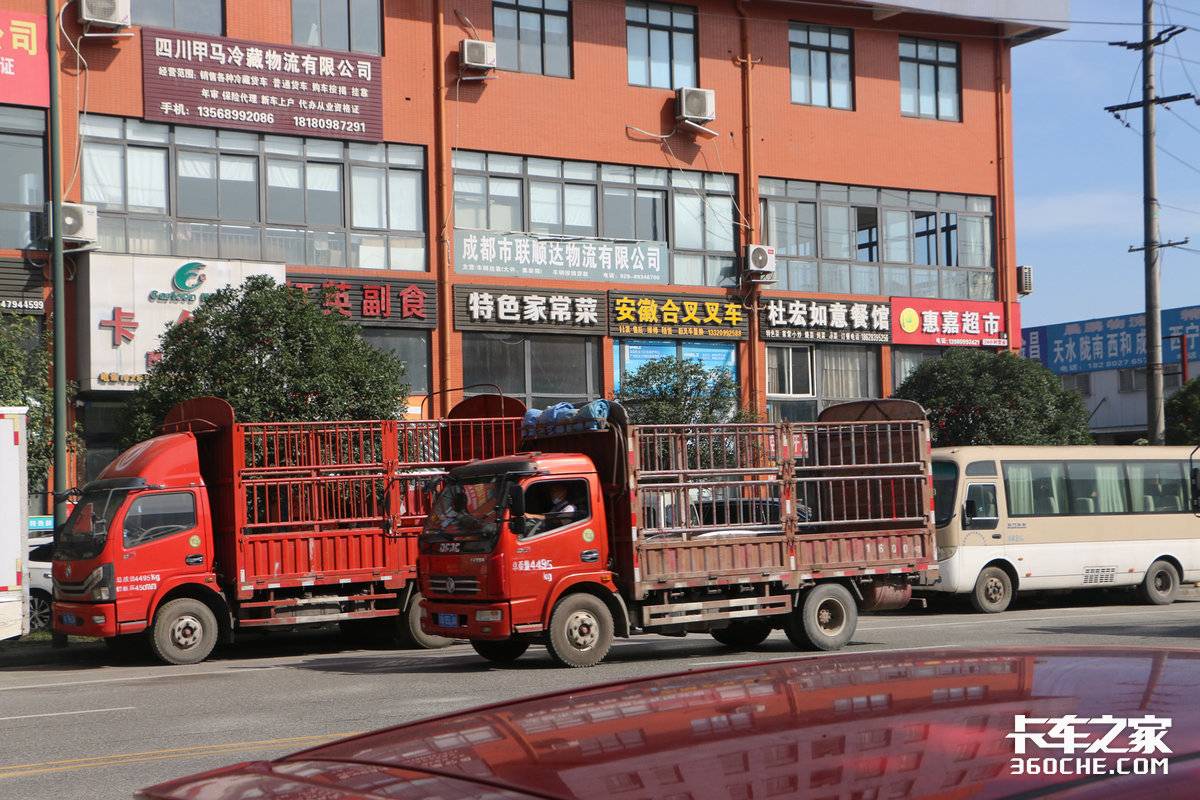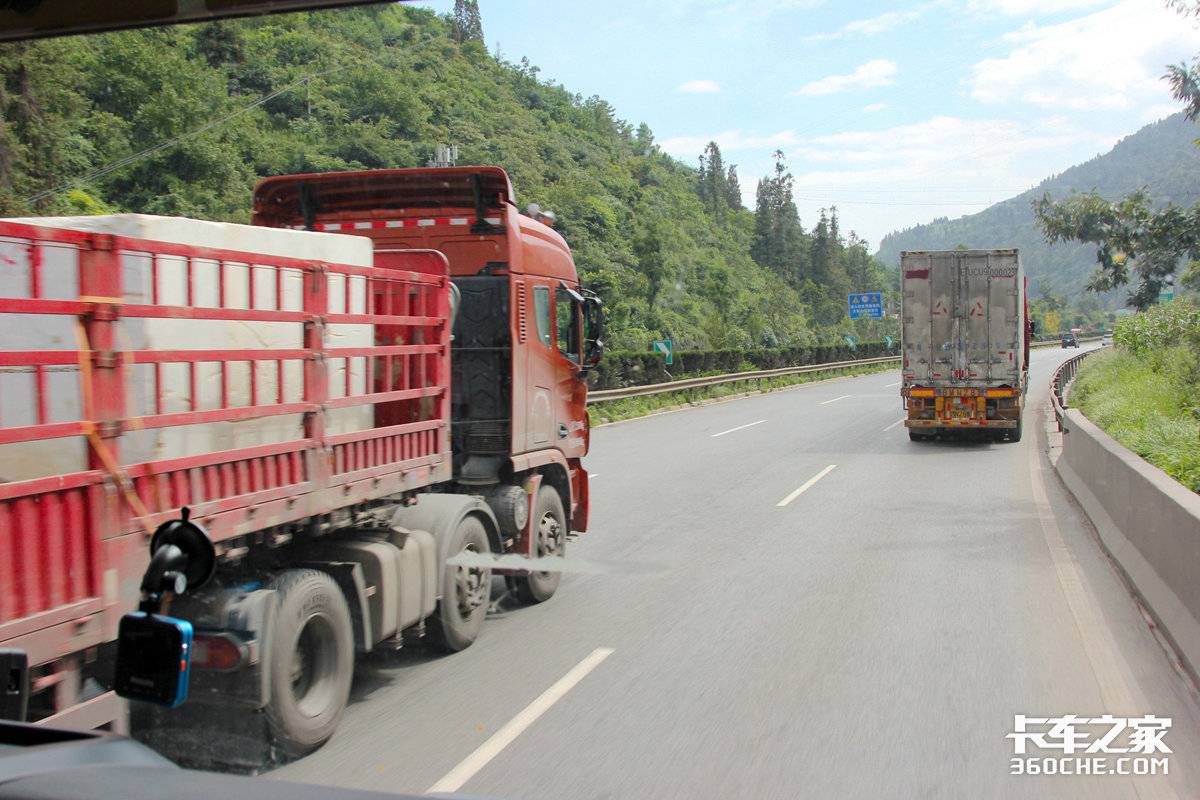On October 20th, official website, the People’s Government of Jiangsu Province, released a message saying that the approval of levying tolls at Suhuai Toll Station on National Highway G205 caused an uproar on the Internet. In everyone’s impression, the national highway should be toll-free. Once the incident of building a national highway toll station broke out, it broke the traditional cognition of many people.

In fact, Suhuai toll station is not a case. According to the feedback from card friends all over the country, there are also national toll stations in the following cities or sections, for your reference:
● Maanshan and Wuhu sections of National Highway 205
● The boundary between northern Jiangsu and Shandong of National Highway 204.
● Hubei Jingmen National Road is charged at 3 yuan/ton (3 toll stations, 1 under construction).
● There are three toll stations between Luoyang and Sanmenxia section of National Highway 310.
● Jiangsu-Anhui boundary of National Highway 104
● Liyang section of National Highway 104 in Jiangsu Province
● No.508 National Highway Hebei Luanzhou Toll Station
● Rizhao and Lianyungang sections of National Highway 288
● Four national toll stations in Ningcheng re-enable charging.
● Beijing Lianhuatan Toll Station
● Toll Stations of Jiulong and Nalong in Lingshan, Qinlu Road, Qinzhou, Guangxi
● Tianzhuang Toll Station, Fengnan District, Tangshan City, National Highway 205
According to statistics, by the end of 2021, there have been about 600 toll stations on the first-class and second-class highways in China, which are mainly located in national highways and provincial highways. In the two years from 2021 to 2023, there will be at least 10 new national toll stations.

According to "Regulations on the Management of Toll Roads", the toll period of repayment roads shall not exceed 15 years at the longest.
According to the latest news, China Merchants Highway said in an investigation by investors that it was an important decision made for the public interest to waive the toll of national toll roads during the epidemic prevention and control in COVID-19. In the future, relevant supporting policies will be studied and promulgated in accordance with relevant laws and regulations to safeguard the legitimate rights and interests of toll road users, creditors, investors and operators as a whole.
Up to now, Shaanxi, Shandong, Shanxi and other provinces have successively introduced measures to extend the charging period.
This is not a good signal for card friends.
After high-speed charging by axle, trucks will be charged as usual even if they are empty. Many card friends will choose to take the national highway in order to save costs. However, now national highways have started to build toll stations, and everyone is worried about whether this will be like Pandora’s box, causing large-scale imitation all over the country.
At present, most national toll stations charge by time. Take Suhuai Toll Station of National Highway 205 as an example, the standard charges vary from 10 yuan to 50 yuan according to the vehicle type.

We interviewed Kayou in a nearby town at the Suhuai Toll Station. He said that the Suhuai Toll Station is located between huji town and Qianji Town, and the residents of the two towns often have daily contacts. If you go to 20 yuan once and charge 20 yuan again when you come back, you can’t go out?
There are also card friends who told us that two toll stations have been built on 100 kilometers of roads in some areas, and nothing has been paid.
China’s road maintenance fee itself has been included in the fuel fee. Because of the increase of new energy vehicles, there is a gap in road maintenance fee. Now we have to levy a fee on fuel vehicles again, and everyone is definitely not happy.

Under the background that the freight industry is getting more and more rolled up and the freight rate is only falling but not increasing, the establishment of toll stations on national highways undoubtedly puts a mountain on the back of card friends.
On the other hand, the state has been increasing policy guidance in recent two years to promote logistics cost reduction and efficiency improvement. The increase of national toll stations will certainly increase the cost of freight vehicles, which will be a big blow to logistics enterprises, especially small and medium-sized enterprises. Isn’t this a kind of putting the cart before the horse?
We understand that the construction and maintenance of national roads need a lot of financial support, and collecting tolls is also a common means. But before setting up toll stations on national highways, should the government also fully consider the interests of all parties and balance the needs of national highway construction and maintenance with the demands of the people, so as to ensure that the charges are fair and reasonable without increasing the burden on the people?
Card friends, what do you think of this?